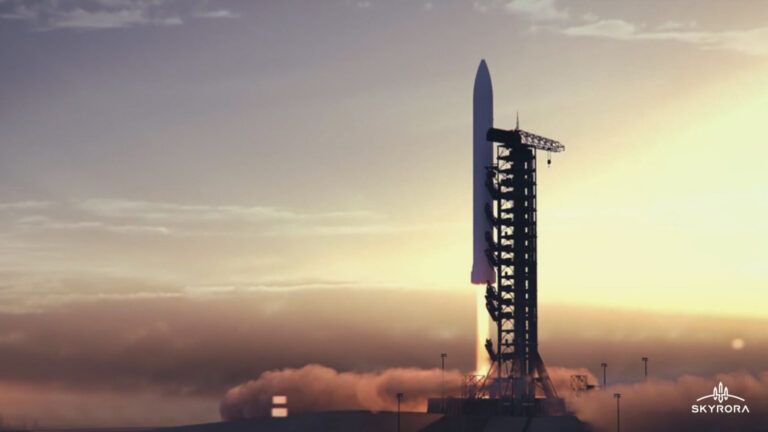The UK Civil Aviation Authority has become the UK’s space regulator. The regulator is open for business to any UK or international company that wants to operate under a UK space licence.
As part of its new responsibilities, the CAA is launching a fully tested digital application system that has been developed to allow space companies in all forms – commercial spaceflight technologies, satellite construction and operations, traditional vertically launched vehicles, air-launched vehicles, and balloons as well as spaceports, and range service providers – to start their licence application.
The estimated time for the delivery of a launch licence is between 9-18 months depending on complexity and the quality of preparations by licence applicants. The CAA expects the first launch licence will be granted next year to meet the UK Government’s ambition of the first orbital rocket launch for satellites in Europe in 2022. Industry operators will be able to hold a licence that covers multiple launches.
The regulator’s approach has been designed to help make the UK home to the world’s safest and most innovative space industries.
Colin Macleod, head of UK space regulation at the UK Civil Aviation Authority said, “For the last 18 months we have been preparing to become the regulator. We have built an experienced team working across policy, engineering and licensing, in the space sector. We have developed and tested the processes and systems we need to ensure the licensing regime works. And we have been working with the wider space industry to explain what the regulations mean, how the new framework will work, and how they apply. This means space companies can apply for a licence as soon as they are ready.
“We will act in a safe, secure and sustainable manner to protect the people and property involved, other airspace users and enable a growing and active space industry.”
Richard Moriarty, chief executive at the UK Civil Aviation Authority said, “The UK already has a leading satellite industry and can capitalise on further growth within the space sector. The regulatory framework that the Government is putting in place allows for innovation and new technology underpinned by high standards of safety and security. Space will be embedded within the CAA’s wider ecosystem, drawing on, and contributing to, wider experience and expertise across the organisation. We will be an open, effective and proportionate regulator.”
The UK is well-placed to capitalise on the growth of the space sector, with the right geography, business environment and a thriving industry all underpinned by a safety regulatory regime that has the highest standards of public protection, while being proportionate and enabling innovation and technology to thrive.
Working with the Department for Transport, the Department for Business, Energy and Industrial Strategy, and the UK Space Agency, the CAA recognises its important role in the development of the UK space industry.
The licensing process will require applicants to provide a detailed assessment of safety and security considerations, including, a comprehensive safety case, an environmental assessment, financial resources, security and cyber risk mitigation.
The CAA will only regulate where it has to and will tailor its approach to meet the specific needs of each and every space mission. In doing this, the benefits of the regulation will outweigh any burden or cost imposed. This has been the case with aviation innovators and is a principle that the regulator will apply to the space industry.
A full assessment of the application, including seeking independent assurance, will then follow, before finally seeking the Secretary of State’s consent for the licence to be issued.
The CAA will also carry out monitoring and oversight as operations are conducted.
As the UK’s airspace regulator, the CAA will also handle any temporary or airspace changes required to enable space activities from UK soil to take place.





